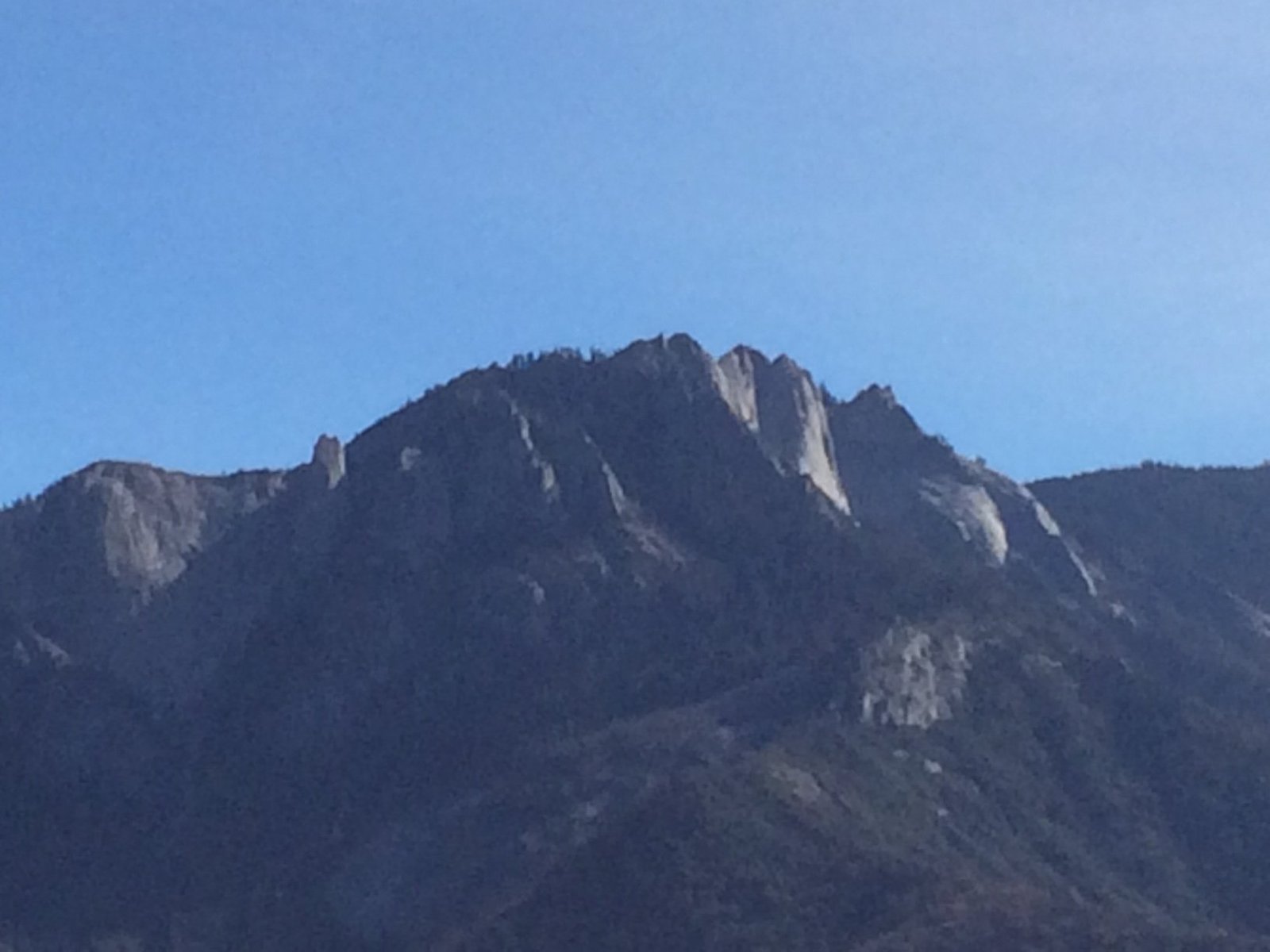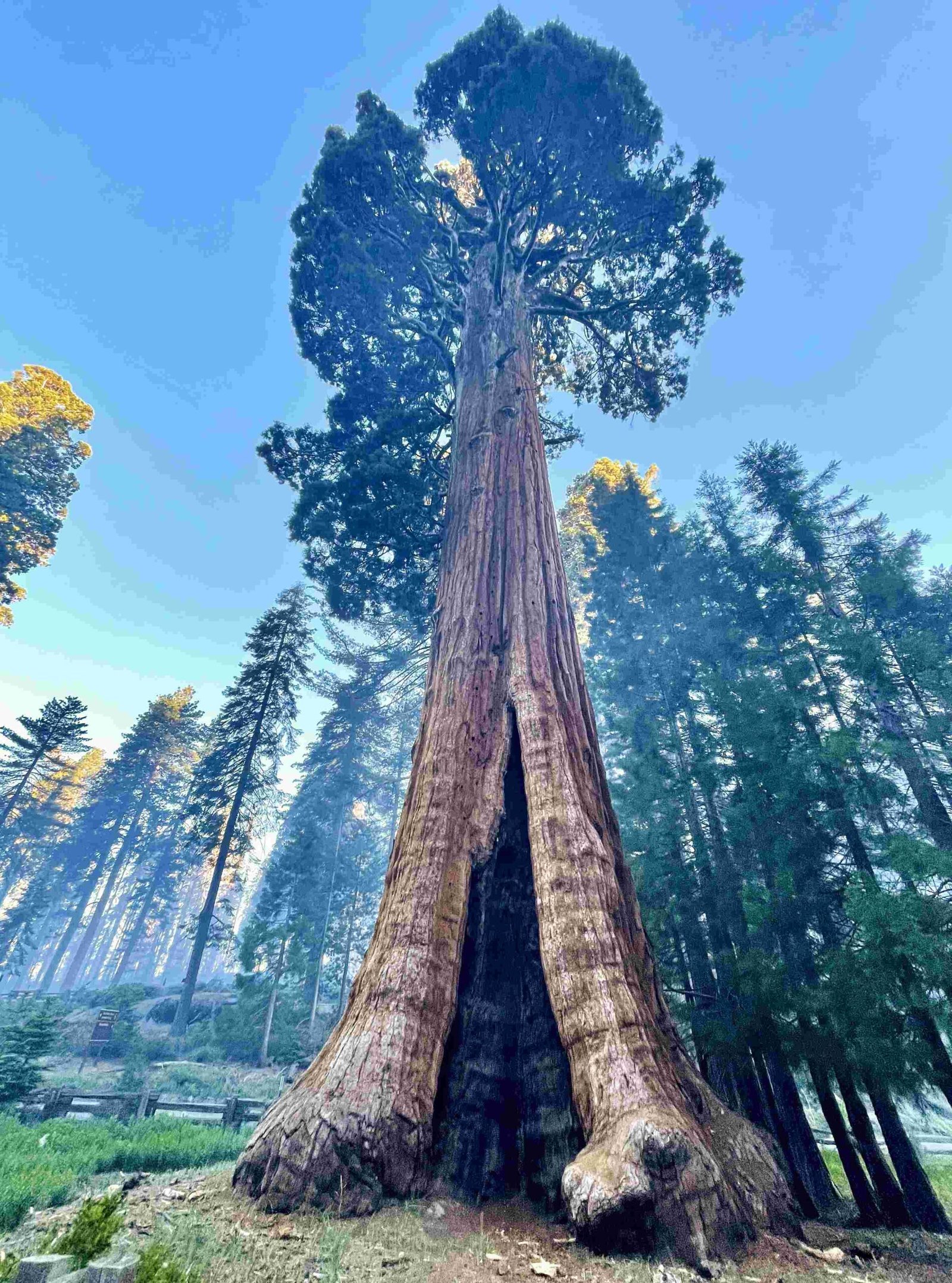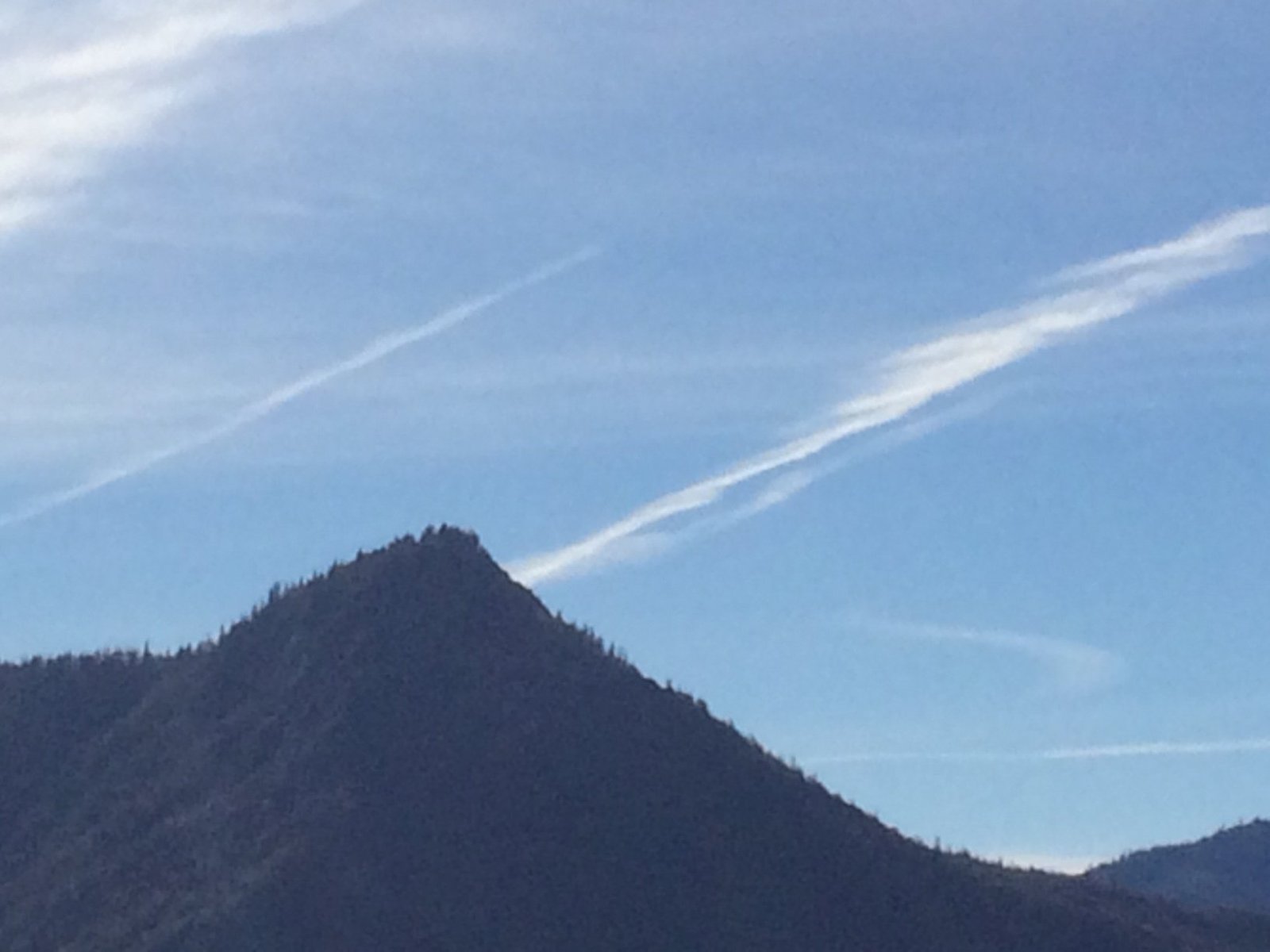Sequoia National Park is home to some of the world’s largest trees, with giant sequoias reaching incredible heights. The tallest sequoia in the park stands at approximately 325 feet, while the average height ranges from 250 to 300 feet. These massive trees, with their fire-resistant bark and longevity often exceeding 3,000 years, are a testament to nature’s grandeur. The park offers various accessibility options for visitors to experience these majestic giants up close.
What is the Exact Height of the Tallest Sequoia Trees?

The tallest giant sequoia trees in Sequoia National Park reach impressive heights, though they don’t quite match their coastal redwood cousins:
- Tallest giant sequoia: Approximately 325 feet high
- General Sherman tree: About 274 feet tall (largest by volume, not height)
- Average height range: 250 to 300 feet
It’s worth noting that while the General Sherman tree isn’t the tallest, it’s renowned for its massive volume, making it the largest known living single-stem tree on Earth.
How Big are Sequoia Trees on Average?

Giant sequoias are known for their immense size, not just in height but also in girth:
- Average height: 250 to 300 feet
- Average diameter: Can exceed 30 feet near the ground
- Average circumference: Over 94 feet
To put this in perspective, the Louis Agassiz tree in Calaveras Big Trees State Park has a diameter of over 25 feet when measured six feet above the ground. This gives you an idea of just how massive these trees can be.
What Methods are Used to Measure Sequoia Tree Height?
Measuring these giants is no small feat. Scientists and park officials use several techniques to accurately determine the size of sequoia trees:
- Established dendrometric techniques
- Height measurement
- Horizontal canopy dimension measurement
- Diameter at breast height (DBH) measurement
- For giant sequoias, often measured at six feet above ground due to “butt swell”
- Tree allometry
- Uses mathematical and statistical principles
- Estimates timber volume based on measurements
These methods allow for precise measurements and help in monitoring the growth and health of these ancient trees.
Which Specific Species of Sequoia Trees are Found in the Park?
The primary species found in Sequoia National Park is the giant sequoia (Sequoiadendron giganteum). These trees have several unique characteristics:
- Endemic to the western slopes of the Sierra Nevada mountain range
- Massive size and longevity (often exceeding 3,000 years)
- Fire-resistant bark
- Ability to withstand harsh environmental conditions
This species is distinct from its coastal relative, the coast redwood (Sequoia sempervirens), which is found in a different region of California.
How Accessible are These Giant Trees to Visitors?
Sequoia National Park offers various options for visitors to experience these majestic trees:
Parking Facilities
- Available near main groves like Giant Forest Grove
- Parking also provided near Crystal Cave area
Guided Tours
- Park ranger-led tours focusing on giant sequoias
- Popular options include:
- Congress Trail tour
- Crystal Cave tour
Costs and Schedules
- Park entrance fee (varies based on pass type)
- Additional fees may apply for guided tours
- Schedules and detailed information available at:
- Park website
- Visitor centers
| Tour Type | Description | Additional Cost |
|---|---|---|
| Self-guided | Explore at your own pace | No extra cost |
| Ranger-led | Informative, scheduled tours | May have fee |
| Specialty tours | Focused on specific aspects (e.g., night tours) | Usually extra cost |
By offering these various options, the park ensures that visitors of all abilities and interests can experience the awe-inspiring sequoia trees.
Why are Sequoia Trees in This Park So Tall?
The exceptional height of sequoia trees in Sequoia National Park can be attributed to several factors:
- Ideal growing conditions
- Rich soil
- Adequate rainfall
- Protected location
- Genetic predisposition for height
- Long lifespan allowing for continued growth
- Lack of natural predators or diseases that significantly impact growth
These factors combine to create the perfect environment for these trees to reach their impressive heights.
How Do Sequoia Tree Lengths Compare to Other Tall Trees?
While giant sequoias are among the tallest trees in the world, they’re not quite the tallest. Here’s a comparison:
- Coast Redwood (Tallest)
- Can exceed 380 feet
- Found in coastal California
- Giant Sequoia
- Up to 325 feet
- Found in Sierra Nevada
- Douglas Fir
- Can reach over 300 feet
- Found in Pacific Northwest
- Sitka Spruce
- Up to 300 feet
- Found in Pacific Northwest and Alaska
This comparison shows that while giant sequoias are incredibly tall, they’re surpassed in height by their coastal cousins, the coast redwoods.
What Impact Does Climate Change Have on Sequoia Tree Growth?
Climate change poses several challenges to the growth and survival of sequoia trees:
- Increased drought stress
- Higher risk of intense wildfires
- Potential shifts in suitable habitat range
- Changes in snow pack and water availability
Researchers are closely monitoring these impacts to develop conservation strategies and ensure the long-term survival of these magnificent trees.
By understanding the unique characteristics, measurement methods, and conservation challenges of sequoia trees, we can better appreciate the natural wonder that is Sequoia National Park and its towering inhabitants.
References:
1. Giant Sequoia Trees – California State Parks
2. Size of the Giant Sequoia – National Park Service
3. Giant Sequoia – Save the Redwoods League
4. Sequoia and Kings Canyon National Parks

